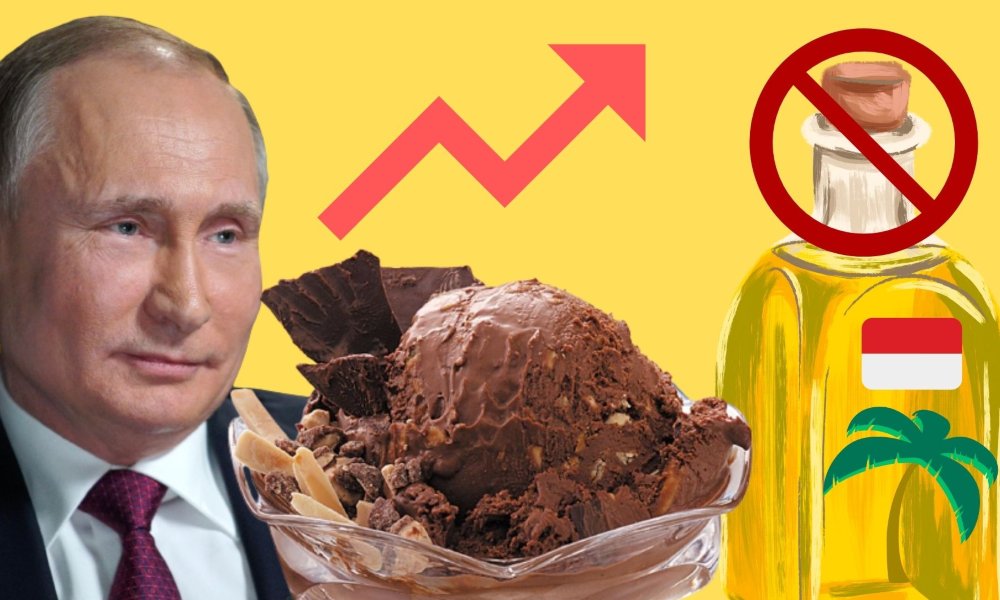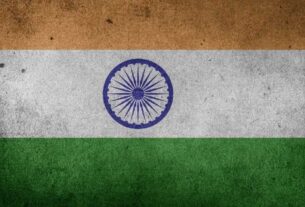Manufacturers might raise the price of frozen desserts as the production cost rises due to war and export bans.
The ongoing war between Russia and Ukraine and an export ban by Indonesia have significantly raised the cost of frozen dessert productions, manufacturers have said.
The Indian Ice-Cream Manufacturers Association (IICMA) has assessed that companies would be forced to increase the price of ice creams as vegetable oil has become expensive.
An official at the IICMA said that many companies had already raised their prices before this summer as they had expected a war supply crisis due to the Ukraine War. He said, “Now they feel that they have to revise the rates again as production costs rise.” However, he added that the companies are unlikely to increase their prices right now.
Vegetable oils such as palm oil and sunflower oil are used in making frozen desserts as replacements for dairy fat. The Food Safety and Standards (Food Products Standards and Food Additives) Regulations, 2011 mandates that dairy fat should be used in products to be called an ‘ice cream.’
Kwality Walls from the Hindustan Unilever (HUL) is a frozen dessert brand. In other countries, like the United States, frozen desserts are termed dairy-free ice cream.
The Guardian reported that Unilever, the UK-based parent company of HUL, expects its costs to rise by €2.7 bn in the second half of 2022, after an expected rise of €2.1 bn during the first half. The company mentioned the hike in prices as the reason behind the forecast.
Recently, Indonesia, the largest producer of palm oil, banned refined oil exports keeping in mind its domestic demands. Apart from the Indonesian ban, the Russia-Ukraine war severely affected the supply of vegetable oil. Ukraine and Russia together contribute to around 70 percent of total sunflower oil exports in the world.
At a time of shortage, the domestic demand for oil has remained high. A report from the Solvent Extractor’s Association of India (SEA) of India revealed that edible oil imports between Nov ’21-March ’22 rose by eight percent. It also mentioned that no imports took place from Ukraine during April.
Arundhati, a professor of Economics at Bangalore University, said that it is not only Ukraine, Indian oil seed production is not enough to satisfy the demand as almost two-thirds of the supply is imported from other countries. She added that an increase in milk prices also has an effect on the cost of production.
Rise in sales
The ice cream industry has seen increased demand as India has been experiencing a harsh summer this year. Northwest and central India experienced the hottest April in 122 years.
Sudhir Shah, the President of IICMA said that the Indian ice cream market has an average growth of 17-25% every year. The year 2020 was exceptional due to the worldwide pandemic and even 2021 was affected in
some areas. This year is comparatively good as compared to previous years.
Niladri, an information technology (IT) professional from Bengaluru who often buys ice creams said, “If it becomes too expensive then it might become a blessing in disguise as I would be forced to eat less ice cream.”




